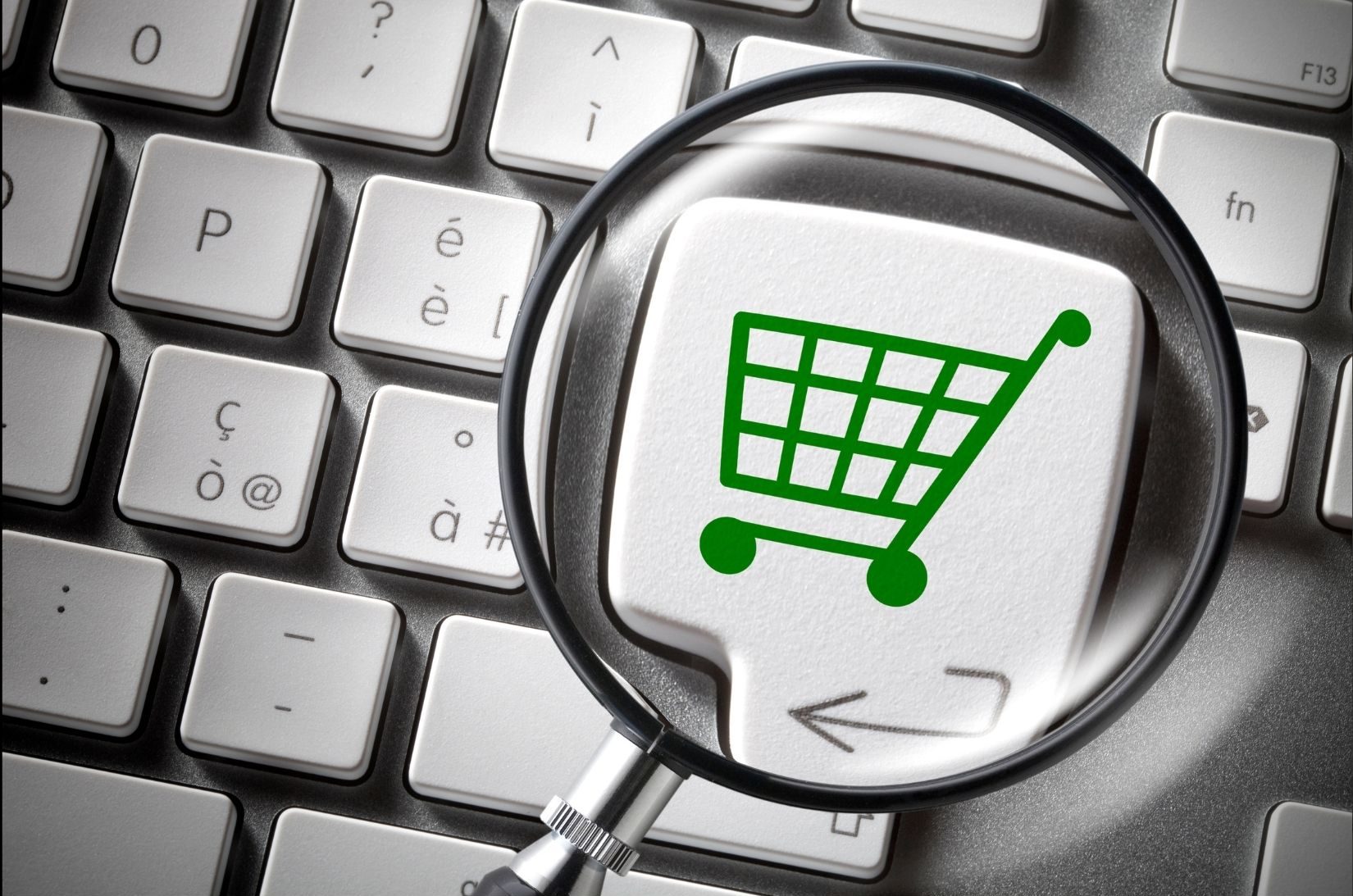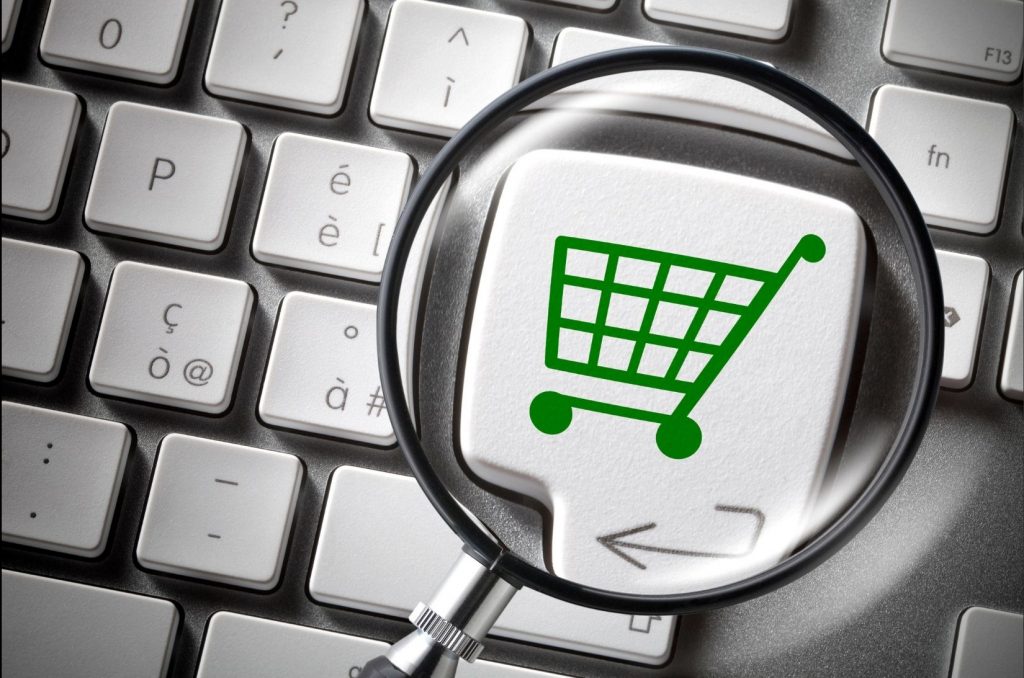
A-CAPP Backgrounder
AFTER MARKUP
Kari Kammel[1], 2021
[1] Kari P. Kammel, Esq. is the Assistant Director of Education and Outreach, Michigan State University, Center for Anti-Counterfeiting and Product Protection, kkammel@msu.edu. She is an adjunct professor of law at Michigan State University College of Law and is a licensed attorney in Illinois and Michigan.
[2] See John H. Zacharia & Kari P Kammel, Congress’s Proposed E-Commerce Legislation for Regulation of Third-Party Sellers: Why It’s Needed and How Congress Should Make It Better, 21 U.C. Davis Bus. L.J. 91 (2020), available at https://blj.ucdavis.edu/archives/vol-21-no-1/zacharia-and-kammel.html
[3] Kari Kammel, The Need for a Holistic Approach to Trademark Counterfeiting for the Legal Field, 29 Mich. Int’l Lawyer 3-4 (Summer 2017), available at http://connect.michbar.org/internationallaw/newsletter ; Rod Kinghorn & Jeremy Wilson, A Total Business Approach to Counterfeiting, https://globaledge.msu.edu/content/gbr/gBR10-1.pdf
[4] See generally, Kari Kammel, Jay Kennedy, Daniel Cermak & Minelli Manoukian, Responsibility for the sale of trademark counterfeits online: Striking a balance in secondary liability while protecting consumers, 49 AIPLA Q.J. 201-258 (2021). https://a-capp.msu.edu/wp-content/uploads/2021/07/AIPLAVol49No2pg201to258.pdf
[5] Kari Kammel, Examining Trademark Counterfeiting Legislation, Free Trade Zones, Corruption and Culture in the Context of Illicit Trade: The United States and United Arab Emirates*, 28 Mich. State Int’l L. Rev. 230-33 (2020); see also Kammel, et al, supra note 4 at 230; William Sowers, How Do You Solve a Problem like Law-Disruptive Technology?, 82 L. & Contemp. Probs. 193. 196 (2019).
[6] SHOP SAFE Act of 2020, H.R. 6058, 116th Cong. (2020).
[7] https://judiciary.house.gov/news/documentsingle.aspx?DocumentID=4566
[8] S.1843 – SHOP SAFE Act of 2021, 117th Congress (2021-2022), https://www.congress.gov/bill/117th-congress/senate-bill/1843/text?r=6&s=1
[9] https://judiciary.house.gov/calendar/eventsingle.aspx?EventID=4567
[10] HR 3429 – SHOP SAFE Act of 2021, current text available at https://docs.house.gov/meetings/JU/JU00/20210929/114092/BILLS-117-5374-N000002-Amdt-1.pdf
[11] Written Testimony, Kari Kammel, May 27, 2021, Committee on the Judiciary, Sub-Committee on the Courts, Intellectual Property and the Internet, https://judiciary.house.gov/calendar/eventsingle.aspx?EventID=4567
[12] HR 3429, Sec. 2 (F)(iii) (stating “The term ‘goods that implicate health and safety’ means goods the use of which can lead to illness, disease, injury, serious adverse event, allergic reaction, or death if produced without compliance with all applicable Federal, State, and local health and safety regulations and industry-designated testing, safety, quality, certification, manufacturing, packaging, and labeling standards.).
[13]Kammel, written testimony, supra note 11.
[14] HR 3429 – SHOP SAFE Act of 2021, current text available at https://docs.house.gov/meetings/JU/JU00/20210929/114092/BILLS-117-5374-N000002-Amdt-1.pdf
[15] Josh Malone, The SHOP SAFE Act: A Safe Harbor for Big Tech Counterfeiters, September 28, 2021, https://www.linkedin.com/pulse/shop-safe-act-harbor-big-tech-counterfeiters-josh-malone/
[16] Id.
[17] Id.
[18] See Kammel et al, supra note 4, at 214-236 (discussing caselaw of secondary liability for trademark counterfeiting)
[19] Id.
[20] See Kammel et al, supra note 4, at 236-241 (discussing products liability and online counterfeiting.
[21] HR 3429 – SHOP SAFE Act of 2021, current text available at https://docs.house.gov/meetings/JU/JU00/20210929/114092/BILLS-117-5374-N000002-Amdt-1.pdf
[22] Zacharia & Kammel, supra note 2, at 121; Kammel, written testimony, supra note 11.
[23] Kammel, written testimony, supra note 11
[24] Kammel et al, supra note 4, at
[25] HR 3429 – SHOP SAFE Act of 2021, 2(ix) (“Provided reasonably accessible electronic means by which a registrant and consumer can notify the platform of suspected use”), current text available at https://docs.house.gov/meetings/JU/JU00/20210929/114092/BILLS-117-5374-N000002-Amdt-1.pdf
[26] See Malone, supra note 15.
[27] https://blog.ericgoldman.org/archives/2021/09/the-shop-safe-act-is-a-terrible-bill-that-will-eliminate-online-marketplaces.htm
[28] See Kammel et al, supra note 4, at 239-240; Kammel, written testimony, supra note 11
